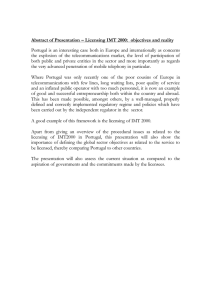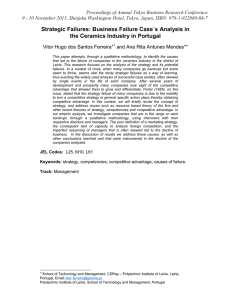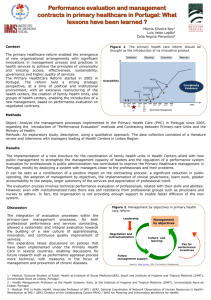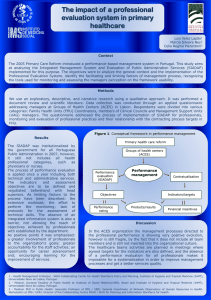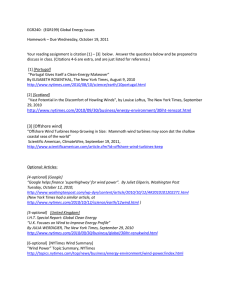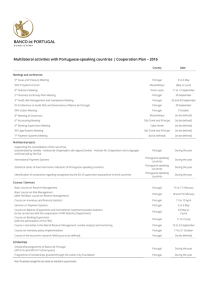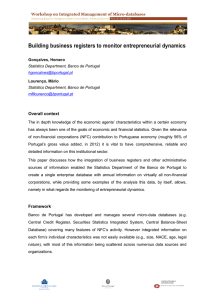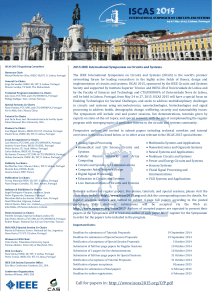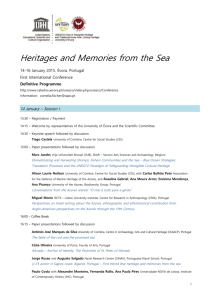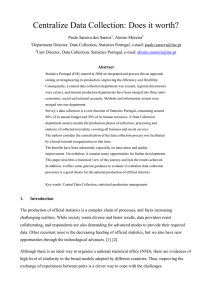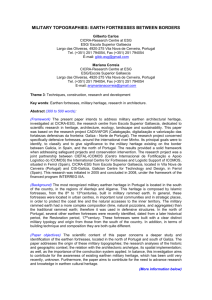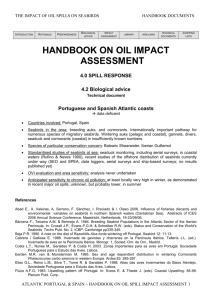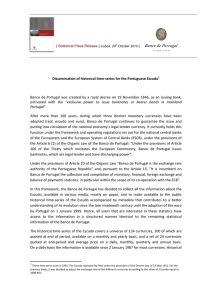Genetic structure of a desynchronized population of Thaumetopoea
advertisement
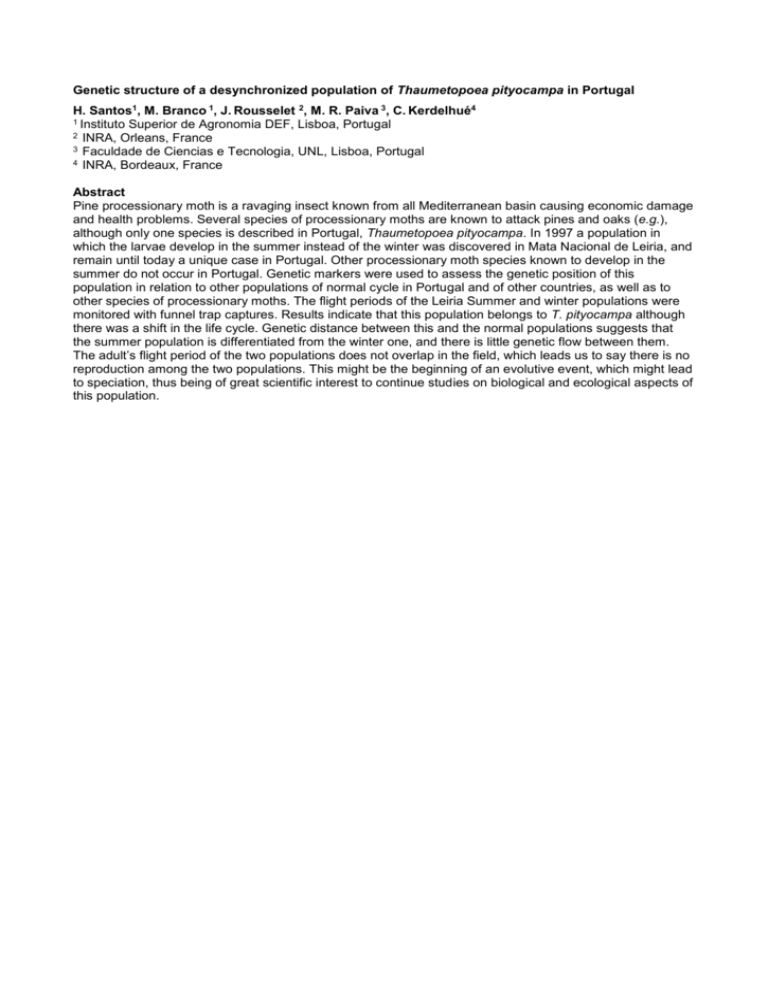
Genetic structure of a desynchronized population of Thaumetopoea pityocampa in Portugal H. Santos1, M. Branco 1, J. Rousselet 2, M. R. Paiva 3, C. Kerdelhué4 1 Instituto Superior de Agronomia DEF, Lisboa, Portugal 2 INRA, Orleans, France 3 Faculdade de Ciencias e Tecnologia, UNL, Lisboa, Portugal 4 INRA, Bordeaux, France Abstract Pine processionary moth is a ravaging insect known from all Mediterranean basin causing economic damage and health problems. Several species of processionary moths are known to attack pines and oaks (e.g.), although only one species is described in Portugal, Thaumetopoea pityocampa. In 1997 a population in which the larvae develop in the summer instead of the winter was discovered in Mata Nacional de Leiria, and remain until today a unique case in Portugal. Other processionary moth species known to develop in the summer do not occur in Portugal. Genetic markers were used to assess the genetic position of this population in relation to other populations of normal cycle in Portugal and of other countries, as well as to other species of processionary moths. The flight periods of the Leiria Summer and winter populations were monitored with funnel trap captures. Results indicate that this population belongs to T. pityocampa although there was a shift in the life cycle. Genetic distance between this and the normal populations suggests that the summer population is differentiated from the winter one, and there is little genetic flow between them. The adult’s flight period of the two populations does not overlap in the field, which leads us to say there is no reproduction among the two populations. This might be the beginning of an evolutive event, which might lead to speciation, thus being of great scientific interest to continue studies on biological and ecological aspects of this population.
